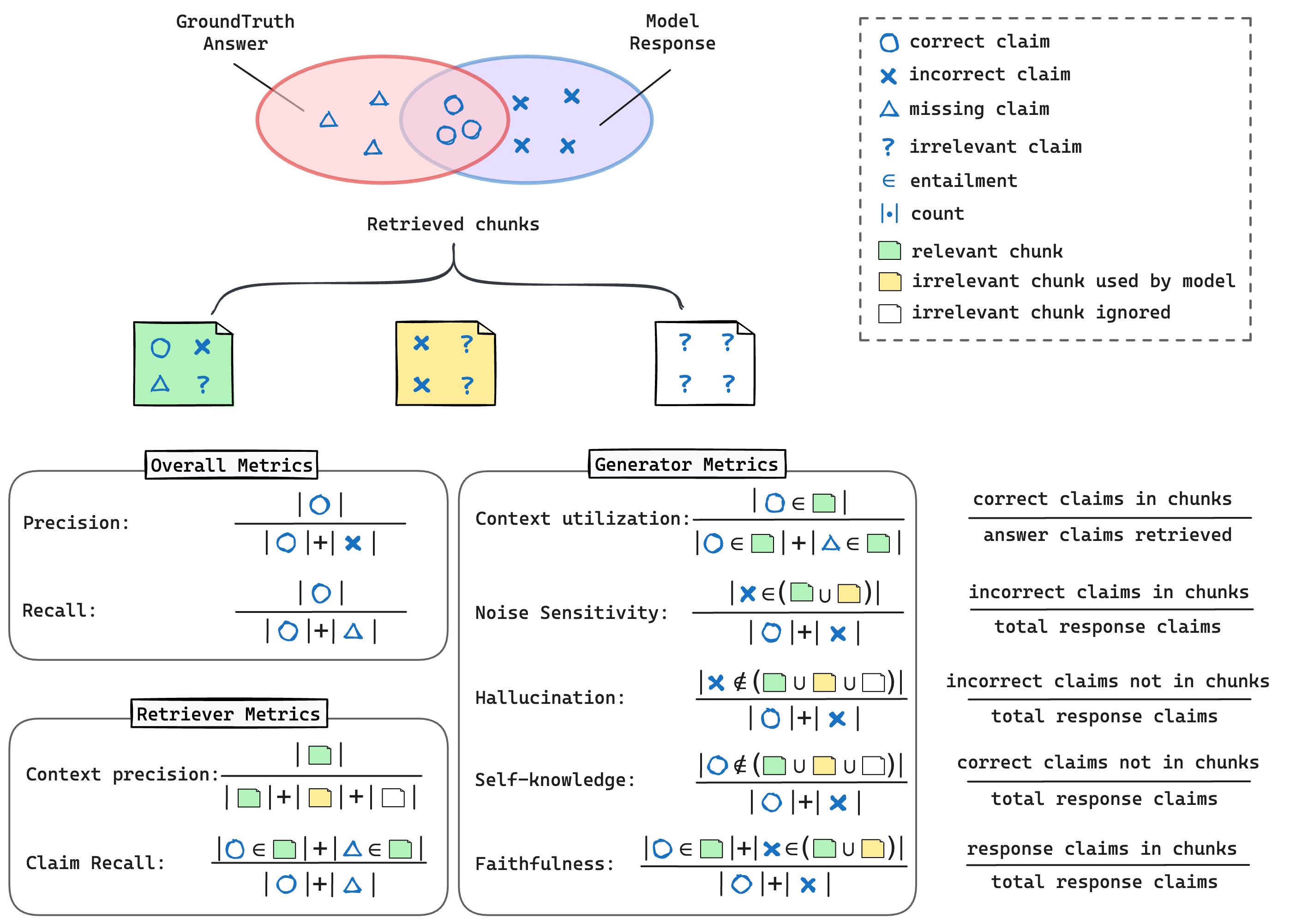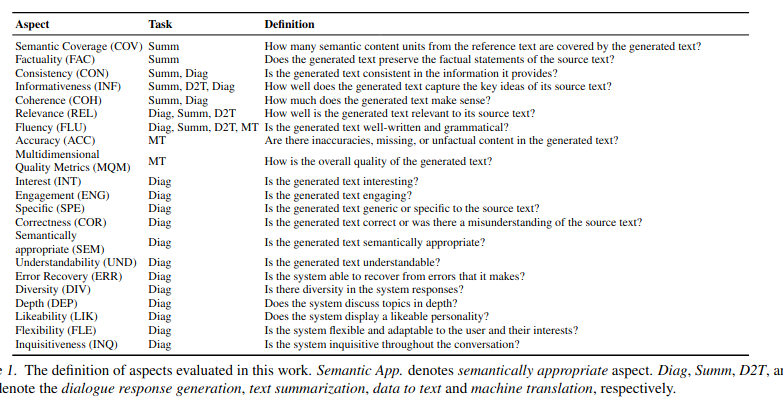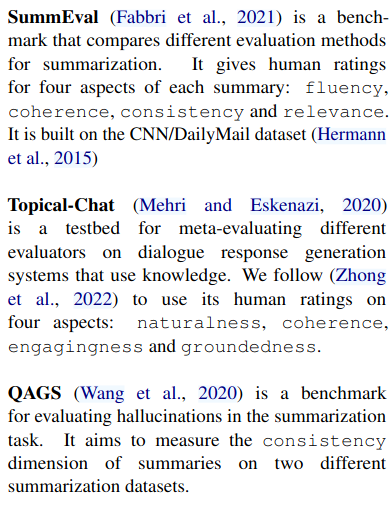serhii.net
In the middle of the desert you can say anything you want
-
Day 2339 (28 May 2025)
alacritty terminal
Kitty was really slow to start and this has been bugging me. Especially setting up a new system, using the default gnome-terminal, and seeing it appear instantly.
Kitty’s single instance mode (also
-1) decreased start from 400ms to 300, still too much.time alacritty -e bash -c exit time gnome-terminal -e "bash -c exit" time kitty --single-instance bash -c exitNew best friend: Alacritty
Saw Alacritty mentioned and it’s awesome. Has everything I wanted from or set up for kitty. Kitty is more configurable (I think), but I’m not missing anything at all so far.
Spawn instance in same directory
I used to have a separate command for that!
[keyboard] bindings = [ { key = "Return", mods = "Control|Shift", action = "SpawnNewInstance" } ]Hints
Updated the default config to copy instead of launch, use better letters, and do file paths together with URIs:
[hints] alphabet = "aoeusndh" hints.enabled action = "Copy" # command = "xdg-open" # On Linux/BSD hyperlinks = true post_processing = true persist = false mouse.enabled = true binding = { key = "N", mods = "Control|Shift" } # adds file paths as well regex = '(?:(?:ipfs:|ipns:|magnet:|mailto:|gemini://|gopher://|https?://|news:|git://|ssh:|ftp:|file:)[^\u0000-\u001F\u007F-\u009F<>"\s{}\-\^⟨⟩`\\]+|(?:(?:\.\.?/)+|/)[^\u0000-\u001F\u007F-\u009F<>"\s{}\-\^⟨⟩`\\]+)' # regex = "(ipfs:|ipns:|magnet:|mailto:|gemini://|gopher://|https://|http://|news:|file:|git://|ssh:|ftp://)[^\u0000-\u001F\u007F-\u009F<>\"\\s{-}\\^⟨⟩`\\\\]+"Vim mode
<C-S-Space>runs a vim-ish mode on the text, one can then copy etc. with all usual movements!In kitty I had to do vim as scrollback pager etc. (old code below, prolly broken, didn’t use it because too complex)
For later
Previously
Some old configs from kitty, for reference:
## Bindings # https://sw.kovidgoyal.net/kitty/index.html#kittens map kitty_mod>f1 launch --stdin-source=@screen_scrollback --stdin-add-formatting less +G -R ## Hints # File paths map kitty_mod+n>f kitten hints --type path --program @ # IPs (+ with ports) map kitty_mod+n>i kitten hints --type regex --regex [0-9]+(?:\.[0-9]+){3} --program @ map kitty_mod+n>p kitten hints --type regex --regex [0-9]+(?:\.[0-9]+){3}:[0-9]+ --program @ # CLI Commands # map kitty_mod+n>c kitten hints --type regex --regex "(\$|>)(.+)(?:\n|\s*$)?" --program @ # This version copies up to the vim mode indicator # map kitty_mod+n>c kitten hints --type regex --regex "(\$|>)(.+?)(?:\n|\s+$|\s+(?:INS|VIS|REP|SEA))" --program @ # map kitty_mod+n>c kitten hints --type regex --regex "\$(.+)" --program @ # Linenum map kitty_mod+n>l kitten hints --type line --program @Scrollback/vim:
# https://sw.kovidgoyal.net/kitty/index.html#kittens map kitty_mod>f1 launch --stdin-source=@screen_scrollback --stdin-add-formatting less +G -R scrollback_pager vim - -c "w! /tmp/kitty_scrollback_sh" -c "term ++curwin cat /tmp/kitty_scrollback_sh"
Bash and zsh command substitution
- After running a command (e.g.
ag whatever,^ag^rgre-runs it substituting the first part with the second — sorg whatever) - Fish doesn’t (want to) support this: Frequently asked questions — fish-shell 4.0.1 documentation
Ty BB for this
- After running a command (e.g.
-
Day 2325 (14 May 2025)
neovim nvim, again
- Lua-guide - Neovim docs
- tl;dr
vim.opt.xxx = yyis the most conv. way to set all local global options. - vim.wo etc. exist for easier access
- tl;dr
vim.wo.relativenumber = true vim.wo.cursorcolumn = true vim.wo.cursorline = true vim.wo.colorcolumn = "80" -- :set tabstop=8 shiftwidth=4 softtabstop=4 expandtab shiftround vim.g.tabstop = "8" vim.g.softtabstop = "8" vim.g.shiftwidth = "4" vim.g.expandtab = true vim.g.smarttab = true
- Lua-guide - Neovim docs
-
Day 2316 (05 May 2025)
Evaluating RAG
General info
- Roughly, it’s evaluating
- context — how relevant/correct are the retrieved chunks
- answer — how good are the generated claims
- (with interplay inbetween — e.g. whether the answer comes from the context, regardless of whether both are relevant to the query)
- Or: generator metrics, retriever metrics, and overall metrics as used in RAGChecker (see RAGChecker picture later below).
Sources / libs
-
- Especially Usage Pattern (Response Evaluation) - LlamaIndex
- Faithfullness: context(=source)+answer => whether the answer comes from the context available (=whether the answer was hallucinated)
- Relevancy: query+context+answer => whether the answer AND CONTEXT were relevant for the specific query
- All LlamaIndex’s eval modules: Modules - LlamaIndex
- CorrectnessEvaluator: compare query+answer to a reference answer: Correctness Evaluator - LlamaIndex w/ another LLM
- Embedding Similarity Evaluator - LlamaIndex response+reference semantic similarity via embeddings
- Especially Usage Pattern (Response Evaluation) - LlamaIndex
-
Deepeval’s metrics as given in the llamaindex docs:
from deepeval.integrations.llama_index import ( DeepEvalAnswerRelevancyEvaluator, DeepEvalFaithfulnessEvaluator, DeepEvalContextualRelevancyEvaluator, DeepEvalSummarizationEvaluator, DeepEvalBiasEvaluator, DeepEvalToxicityEvaluator, )
RAGChecker
- RAGChecker: RAGChecker: A Fine-grained Framework For Diagnosing RAG
- LlamaIndex integration docs: RAGChecker: A Fine-grained Evaluation Framework For Diagnosing RAG - LlamaIndex

- Roughly, it’s evaluating
-
Day 2306 (25 Apr 2025)
Advanced Python features
- https://blog.edward-li.com/tech/advanced-python-features/
- Protocols
- Python slots to make accessing fields of a class faster
- for-else statements to avoid
if x is not None(): ... - etc., TODO a lot of cool stuff
- https://news.ycombinator.com/item?id=43770494
* did you know __init__.py is optional nowadays? * you can do relative imports with things like "from ..other import foo" * since 3.13 there is a @deprecated decorator that does what you think it does * the new generics syntax also works on methods/functions: "def method[T](...)" very cool * you can type kwargs with typeddicts and unpack: "def fn(*kwargs: Unpack[MyKwargs])" * dataclasses (and pydantic) support immutable objects with: "class MyModel(BaseModel, frozen=True)" or "@dataclass(frozen=True)" * class attributes on dataclasses, etc. can be defined with "MY_STATIC: ClassVar[int] = 42" this also supports abstract base classes (ABC) * TypeVar supports binding to enforce subtypes: "TypeVar['T', bound=X]", and also a default since 3.13: "TypeVar['T', bound=X, default=int]" * @overload is especially useful for get() methods to express that the return can't be none if the default isn't None * instead of Union[a, b] or Optional[a] you can write "a | b" or "a | None" nowadays * with match you can use assert_never() to ensure exhaustive matching in a "case _:" block * typing has reveal_type() which lets mypy print the type it thinks something is * typing's "Self" allows you to more properly annotate class method return types * the time package has functions for monotonic clocks and others not just time()
- https://blog.edward-li.com/tech/advanced-python-features/
-
Day 2305 (24 Apr 2025)
Ignoring stuff in flake8 pylint black etc.
Ignoring files:
# type: ignore # flake8: noqa # pylint: skip-file
vscode and cursor IDE settings
[]
Autosave and format
"files.autoSave": "onFocusChange", "[python]": { "editor.formatOnSave": true, // "editor.defaultFormatter": "charliermarsh.ruff", "editor.defaultFormatter": "ms-python.black-formatter", // reformat everything w/ ruff "editor.codeActionsOnSave": { "source.fixAll": "explicit", "source.organizeImports": "explicit" }, },Misc
"editor.rulers": [ 78, 88 ], "editor.lineNumbers": "relative", "editor.formatOnPaste": true, "editor.formatOnSave": true, // non-python stuff like settings.json"debug.allowBreakpointsEverywhere": true, "debug.inlineValues": "on",Vim
<S-j>/<S-k>to switch tabs"vim.normalModeKeyBindingsNonRecursive": [ { "before": [ "J" ], "after": [], "commands": [ "workbench.action.nextEditor" ] }, { "before": [ "K" ], "after": [], "commands": [ "workbench.action.previousEditor" ] } ], //"editor.fontFamily": "'Droid Sans Mono', 'monospace', monospace", "editor.fontFamily": "Fira Code", "editor.fontLigatures": true,<C-P>to show comman palette a la Obsidian"vim.normalModeKeyBindingsNonRecursive": [ { "before": [ "<C-p>" ], "commands": [ "workbench.action.showCommands" ] } [...] "vim.visualModeKeyBindingsNonRecursive": [ { "before": [ "<C-p>" ], "commands": [ "workbench.action.showCommands" ] } ], "vim.insertModeKeyBindings": [ { "before": [ "<C-p>" ], "commands": [ "workbench.action.showCommands" ] } ],Etc
w- “Cursor Dark High Contrast” is a really nice high-constrast theme!
"editor.fontWeight": "bold",
-
Day 2296 (15 Apr 2025)
Evaluating NLG
Papers
-
[2303.16634] G-Eval: NLG Evaluation using GPT-4 with Better Human Alignment 1
- Excellent
- Main pitch:
- “Auto CoT evaluation”: make the LLM generate a chain-of-thoughts based on provided criteria
- get the LLM evaluate texts based on that CoT as form-filling task
- weight by the probabilities of the votes as given by the LLM
1*chance-of-1+2*chance-of-2
- Compares own evaluators to multiple others
-
[2302.04166] GPTScore: Evaluate as You Desire2
- basics:
- task: e.g. summarize
- aspect: e.g. relevance
- eval protocol: how likely it is that this text was generated given this task and this aspect?
- main pitch:
- LLM-estimated likelihood of text based on task+aspect+result.
- For summary:
{Task_Specification} {Aspect_Definition} Text: {Text} Tl;dr: {Summ}
- aspects:

- basics:
-
UniEval [2210.07197] Towards a Unified Multi-Dimensional Evaluator for Text Generation3
- one trained evaluator to rule them all, based on boolean Q/A
- “is this a coherent summary?” -> chances for yes/no -> profit
-
LLM Comparative Assessment: Zero-shot NLG Evaluation through Pairwise Comparisons using Large Language Models4
Approaches
Main goal: coherence with human judgement
Kinds
Reference-free
- LLM-estimate the probability is a generated text
- assumption being that better texts have better probability
- downsides: unreliable / low human correspondence according to 1
- Ask an LLM how coherent / grammatical /
criterium_namethe output is from 0 to 5- downsides: LLMs will often pick
3but G-Eval works around that
- downsides: LLMs will often pick
Reference-based
- BLEU/ROUGE and friends (n-gram based)
- low correlation with human metrics
- (semantic) Similarity between two texts based on embeddings (BERTScore/MoverScore)
- GPTScore2: higher probability to texts better fitting the framing
- FACTUAL CONSISTENCY of generated summaries: FactCC, QAGS5
Framings (for GPT/LLM-based metrics)
- Form-filling (G-Eval)
- Conditional generation (=probability): GPTScore
Pairwise comparisons
- Pairwise comparisons4
How to evaluate evaluations
Meta-evaluators
- Meta-evaluators are a thing! (= datasets based on human ratings)
- Correlation with human metrics
Stats
- Many papers use various statistical bits to compare them.
- G-Eval (p. 6)
- Spearman, Kendall-Tau correlations
- Krippendorf’s Alpha
On a specific task
Task formulation
- Input:
- Advert for a car.
Car has 4 wheels
- Target profile of possible client
family with 10 kids 5 dogs living in the Australian bush
- Advert for a car.
- Output:
- Advert targeted for that profile:
ROBUST car with 4 EXTRA LARGE WHEELS made of AUSTRALIAN METAL able to hold 12 KIDS and AT LEAST 8 DOGS
- Advert targeted for that profile:
Concrete approaches
- Factual correctness / hallucinations
- Framed as summarization evaluation: FactCC, QAGS5
- GPTScore, G-Eval based on yet-to-be-determined-criteria
- Coherence, consistency, fluency, engagement, etc. — the criteria used by meta-evaluators?
- GPTScore aspects
- TODO: ask the car company what do they care about except factual correctness and grammar
- information density-ish? Use an LLM to get key-value pairs of the main info in the advert (
number_of_wheels: 4), formulate questions based on each, and score better the adverts that contain answers to more questions!- Inspired by QAGS
TODO
- LLM-as-a-judge and comparative assestment
- think about human eval + meta-eval
- think about what we want from the car company
- metrics they care about
-
G-Eval: <_(@liuGEvalNLGEvaluation2023) “G-Eval: NLG Evaluation using GPT-4 with Better Human Alignment” (2023) / Yang Liu, Dan Iter, Yichong Xu, Shuohang Wang, Ruochen Xu, Chenguang Zhu: z / http://arxiv.org/abs/2303.16634 / 10.48550/arXiv.2303.16634 _> ↩︎ ↩︎ ↩︎ ↩︎
-
<_(@fuGPTScoreEvaluateYou2023) “GPTScore: Evaluate as You Desire” (2023) / Jinlan Fu, See-Kiong Ng, Zhengbao Jiang, Pengfei Liu: z / http://arxiv.org/abs/2302.04166 /
10.48550/arXiv.2302.04166_> ↩︎ ↩︎ -
<_(@zhongUnifiedMultiDimensionalEvaluator2022) “Towards a Unified Multi-Dimensional Evaluator for Text Generation” (2022) / Ming Zhong, Yang Liu, Da Yin, Yuning Mao, Yizhu Jiao, Pengfei Liu, Chenguang Zhu, Heng Ji, Jiawei Han: z / http://arxiv.org/abs/2210.07197 /
10.48550/arXiv.2210.07197_> ↩︎ -
<_(@liusieLLMComparativeAssessment2024) “LLM Comparative Assessment: Zero-shot NLG Evaluation through Pairwise Comparisons using Large Language Models” (2024) / Adian Liusie, Potsawee Manakul, Mark J. F. Gales: z / http://arxiv.org/abs/2307.07889 /
10.48550/arXiv.2307.07889_> ↩︎ ↩︎ -
<_(@wangAskingAnsweringQuestions2020) “Asking and Answering Questions to Evaluate the Factual Consistency of Summaries” (2020) / Alex Wang, Kyunghyun Cho, Mike Lewis: z / http://arxiv.org/abs/2004.04228 / 10.48550/arXiv.2004.04228 _> ↩︎ ↩︎ ↩︎
-
<_(@fabbriSummEvalReevaluatingSummarization2021) “SummEval: Re-evaluating Summarization Evaluation” (2021) / Alexander R. Fabbri, Wojciech Kryściński, Bryan McCann, Caiming Xiong, Richard Socher, Dragomir Radev: z / https://direct.mit.edu/tacl/article/doi/10.1162/tacl_a_00373/100686/SummEval-Re-evaluating-Summarization-Evaluation / 10.1162/tacl_a_00373 _> ↩︎
-
<_(@gopalakrishnanTopicalChatKnowledgeGroundedOpenDomain2023) “Topical-Chat: Towards Knowledge-Grounded Open-Domain Conversations” (2023) / Karthik Gopalakrishnan, Behnam Hedayatnia, Qinlang Chen, Anna Gottardi, Sanjeev Kwatra, Anu Venkatesh, Raefer Gabriel, Dilek Hakkani-Tur: z / http://arxiv.org/abs/2308.11995 / 10.48550/arXiv.2308.11995 _> ↩︎
-
